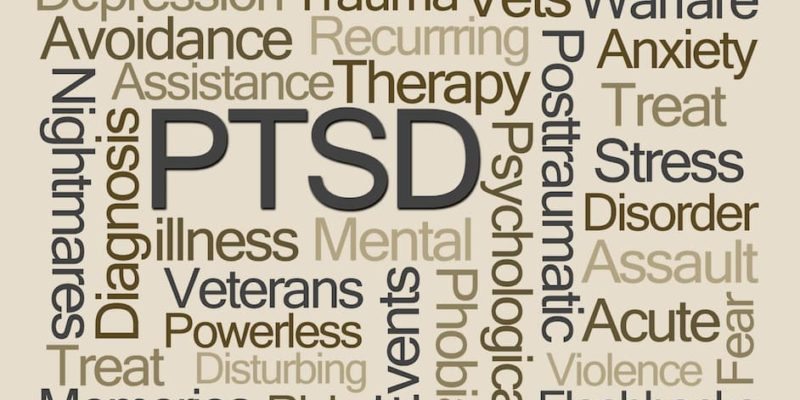It’s a medical term you hear often in the news and media, but you might not understand everything about it, or its therapies.
It’s called Post Traumatic Stress Disorder, more commonly known as PTSD. It affects up to 13 million people at a time in the U.S., and it’s estimated that 1 in 13 people will experience it in their lifetime.
Since June is PTSD awareness month, it’s a perfect time to look at this mental health condition and the benefits of EMDR therapy.
What is PTSD?
PTSD is a disorder that can strike anyone who has experienced or witnessed a traumatic situation. This can include assault, witnessing a violent act, surviving a natural disaster or car accident, or being in combat.
This condition can cause you to have flashbacks or nightmares of the event, long after it occurred, which can impact your ability to function from day-to-day. The symptoms of PTSD can vary by case. Generally, they can involve vivid flashbacks, unhealthy thoughts about yourself or others, becoming self-destructive or reckless, or avoiding talking about the event altogether.
It can lead to depression and substance abuse, as well as other mental and physical problems if left unchecked.
What are the Therapies Available?
There are generally two approaches to treating PTSD. They include medications, like antidepressants, and also psychotherapy.
The latter is a drug-free technique to get you talking. It can include cognitive behavioral therapy to help you recognize patterns you’re stuck in. Exposure therapy can make you relive an event in a safe environment.
However, another effective therapy is Eye Movement Desensitization and Reprocessing, also known as EMDR. This therapy focuses more on the emotions related to the traumatic event, rather than the event itself.
What is EMDR Therapy?
EMDR aims to break the cycle of negative emotions through a structured program to reinforce positive emotions. EMDR procedures include tracking the therapist’s hands with your eyes as you recall a negative memory.
Some therapists use musical notes or tapping instead, but this treatment is the basis of EMDR. The therapist that created EMDR in 1989 noticed that during a walk in the woods, her negative emotions became less intense from looking side-to-side constantly.
The scenario repeats several times, with the clinician guiding the session. There are breaks to process emotions, and safeguards if you become distressed during the session. You’ll also learn more stress reduction techniques which can help you between appointments.
Does it work? Some data shows a cure success rate of up to 95 percent of patients who have suffered a single trauma. Other studies show slightly lower success rates, but rates that are still encouraging, nonetheless. Your therapist will measure your progress as you go.
Choosing the Right Treatment Center
EDMR is fairly new in the world of PTSD treatments, and it takes a therapist that is trained in EMDR to perform it effectively. However, there haven’t been any negative side effects shown with EMDR therapy, other than possible light-headedness. There are also no medications involved.
To find out how we can help treat PTSD and other mental health disorders, contact us today.

